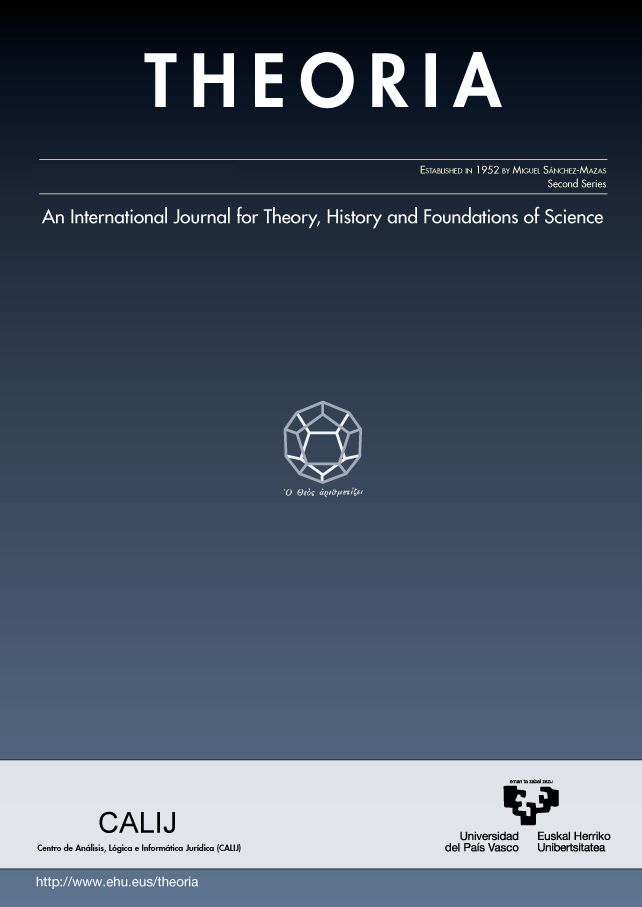On the unity between observational and experimental causal discovery
##plugins.themes.bootstrap3.article.main##
##plugins.themes.bootstrap3.article.sidebar##
Abstract
In “Flagpoles anyone? Causal and explanatory asymmetries”, James Woodward supplements his celebrated interventionist account of causation and explanation with a set of new ideas about causal and explanatory asymmetries, which he extracts from some cutting-edge methods for causal discovery from observational data. Among other things, Woodward draws interesting connections between observational causal discovery and interventionist themes that are inspired in the first place by experimental causal discovery, alluding to a sort of unity between observational and experimental causal discovery. In this paper, I make explicit what I take to be the implicated unity. Like experimental causal discovery, observational causal discovery also relies on interventions (or exogenous variations, to be more accurate), albeit interventions that are not carried out by investigators and hence need to be detected as part of the inference. The observational patterns appealed to in observational causal discovery are not only surrogates for would-be interventions, as Woodward sometimes puts it; they also serve to mark relevant interventions that actually happen in the data generating process.
How to Cite
##plugins.themes.bootstrap3.article.details##
Causal Discovery, Epistemology of Causation, Interventionism, Invariance

This work is licensed under a Creative Commons Attribution-NonCommercial-NoDerivatives 4.0 International License.
Authors retain copyright and grant the journal right of first publication with the work simultaneously licensed under a Creative Commons License.


 https://orcid.org/0000-0003-0684-2084
https://orcid.org/0000-0003-0684-2084